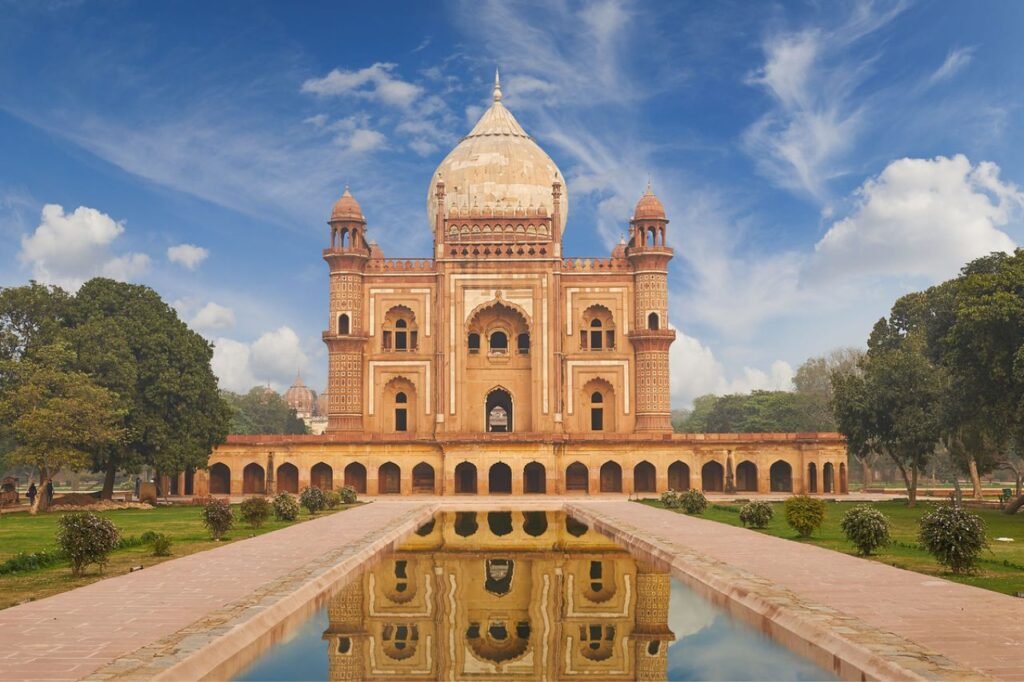New-Delhi Pincodes
Enter the Pincode or Location Below in the Box
Pincodes of New-Delhi
New Delhi, the capital city of India, is a symbol of the country’s rich history and rapid modernization. This city is the seat of the Indian government and hosts important buildings like the Parliament House and the Supreme Court. Known for its wide boulevards, historical monuments like the Red Fort and Qutub Minar, and lush gardens, New Delhi is a blend of ancient charm and contemporary life. The area is also a cultural hub, with numerous museums, theaters, and galleries. New-Delhi pincodes are integral to the city’s efficient postal system, ensuring seamless connectivity across its diverse neighborhoods and key administrative areas.

Here is a list of New-Delhi Pincodes
About New Delhi
New Delhi serves as the capital city of India and belongs to the National Capital Territory of Delhi (NCT). This city houses the main offices of all three government branches of India, including the Rashtrapati Bhavan, Sansad Bhavan, and the Supreme Court. Governed by the New Delhi Municipal Council (NDMC), New Delhi is a municipality within the NCT, primarily encompassing the area designed by Lutyens and some nearby regions. Additionally, it forms a part of the larger New Delhi district.
History:
During the British rule in India, Calcutta served as the capital. Old Delhi, before that, had been the center of power and finance for various ancient Indian empires, especially the Mughal Empire from 1649 to 1857. In the early 1900s, the British government considered moving the capital of the British Indian Empire, as it was officially known, from Calcutta in the east to Delhi. They believed Delhi, located in northern India’s center, would make administration easier. To build this new city, they acquired land under the Land Acquisition Act of 1894.
On 12 December 1911, during the Delhi Durbar, Emperor George V announced the capital’s shift from Calcutta to Delhi while laying the foundation stone for the Viceroy’s residence in Coronation Park, Kingsway Camp. After India’s independence in 1947, New Delhi received limited autonomy and was governed by a Chief Commissioner appointed by the Indian Government. This arrangement was officially put into effect in 1993.
Geography:
New Delhi’s municipality covers a small area of 42.7 square kilometers within the larger Delhi metropolitan region. The city sits on the flat Indo-Gangetic Plain, so there’s hardly any change in height across it. Long ago, New Delhi and its surroundings were part of the Aravali Range. Now, only the Delhi Ridge remains, known as Delhi’s “lungs.” The city, situated on the Yamuna River’s floodplains, is mostly surrounded by land. To the east of the river, you’ll find the urban neighborhood of Shahdara.
Demographics:
As per the 2011 data, around 249,998 people live in the New Delhi Municipal Council area. Hindi is the most commonly spoken language in New Delhi and is the main way people communicate there. English is mainly used for official business and by government organizations. In terms of education, New Delhi has a high literacy rate of 89.38%, the highest in Delhi according to the 2011 census.
The same census shows that 89.8% of New Delhi’s residents follow Hinduism. There are also Muslim (4.5%), Christian (2.9%), Sikh (2.0%), and Jain (0.4%) communities. Other smaller religious groups include Parsis, Buddhists, and Jews.
